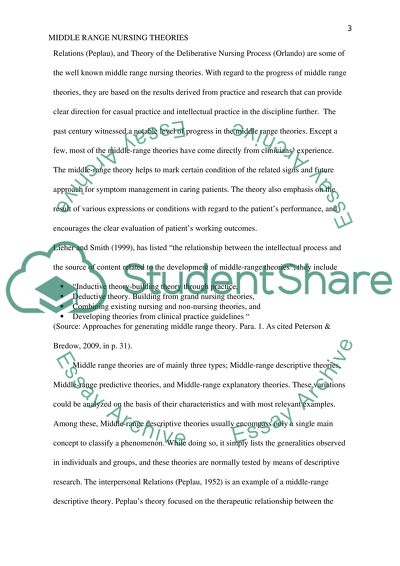Cite this document
(“MIDDLE RANGE NURSING THEORY Research Paper Example | Topics and Well Written Essays - 1250 words”, n.d.)
Retrieved de https://studentshare.org/nursing/1488963-middle-range-nursing-theory
Retrieved de https://studentshare.org/nursing/1488963-middle-range-nursing-theory
(MIDDLE RANGE NURSING THEORY Research Paper Example | Topics and Well Written Essays - 1250 Words)
https://studentshare.org/nursing/1488963-middle-range-nursing-theory.
https://studentshare.org/nursing/1488963-middle-range-nursing-theory.
“MIDDLE RANGE NURSING THEORY Research Paper Example | Topics and Well Written Essays - 1250 Words”, n.d. https://studentshare.org/nursing/1488963-middle-range-nursing-theory.


